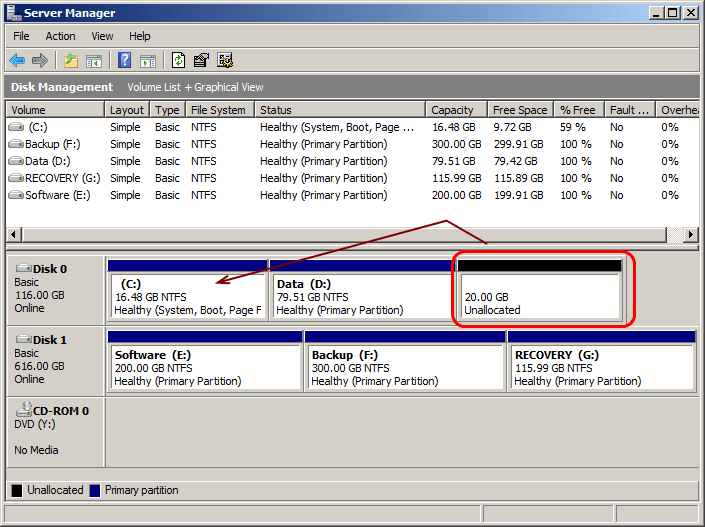

- #Making more disk space how to
- #Making more disk space update
- #Making more disk space windows 10
- #Making more disk space software
- #Making more disk space download
Disabling this function is a smart move to make when cleaning a hard drive. Although extremely convenient, Hibernation can take up a large amount of disk space.
#Making more disk space windows 10

#Making more disk space download
The tool can also be configured to automatically remove temporary files and those in your recycle and download bin.įollow these steps to remove files using Storage sense: Like Disk Cleanup, Storage Sense empowers you to manually view and delete temporary and junk files, quickly freeing space and boosting drive efficiency. Click “OK” and then “Delete Files” when asked if you’re sure you want to delete.Select the boxes next to the files you want to delete (temporary internet files, downloaded program files, recycle bin, etc.).Click the “Cleanup system files” button.Use the “Drives” drop-down menu and select the C drive.Search for “Disk Cleanup” and click it when it appears.The steps needed to remove temporary files with Disk Cleanup vary slightly depending on which version of Windows you’re using, but they all follow roughly the same pattern: While Disk Cleanup is technically the predecessor of Storage Sense, it’s still widely available and considered the tool of choice for many IT professionals. Storage Sense and Disk Cleanup are two common Windows features that make it easy for you to view file sizes and remove those that are no longer needed.
#Making more disk space how to
When it comes to how to clean a hard drive, a number of tools and tips exist to help you remove unnecessary files and applications. Content on your desktop and in synced OneDrive folders, as well as anything stored in your downloads or recycle bin, all consume space. In addition to file type and size, it’s important to be aware of where your files are living. Chrome browser caches, for example, can take up a sizeable chunk of your C drive and must be cleared regularly. You should also look for temporary files used by other programs. Space taken up by photos and videos in particular can add up quickly, due to advancements made in high-quality image capture. Many day-to-day files also take up more space than you may realize, especially if hidden duplicates abound.
#Making more disk space update
Other hidden culprits include old (often redundant) Windows system files that remain after a new Windows update has been implemented.
#Making more disk space software
Programs and applications that come bundled into the software you’re using on a daily basis can take up the most space on your hard drive without you even knowing they’re there. What is taking up space on my hard drive? If you’re going to decommission, donate, or recycle a computer, then it’s also important to learn how to properly wipe clean a hard drive so no trace of sensitive information remains. Beyond performance and functionality, knowing how to clean hard drives is a critical component of security-keeping unnecessary, sensitive files and data around increases your surface of attack exposure.


 0 kommentar(er)
0 kommentar(er)
